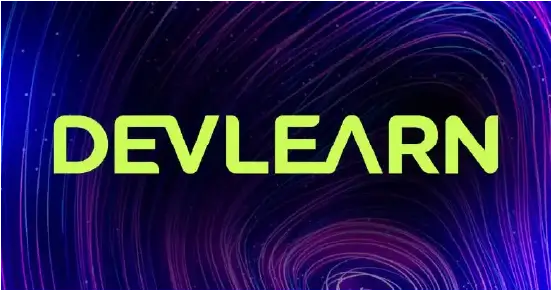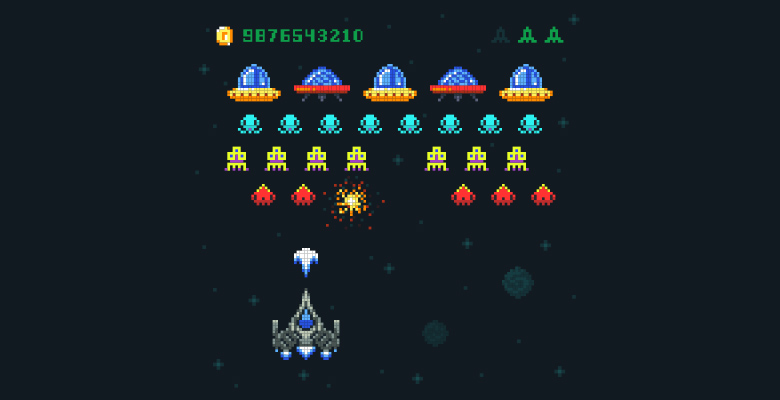Do you ever get stuck when designing a serious game? Do the game mechanics sometimes just not work, no matter how you tweak them? Or maybe the gameplay simply isn’t engaging. Perhaps the learning objectives aren’t coming through. If so, you’re not alone. That happens to nearly every game designer at some point on almost every game. However, successful game designers resort to a few fail safe strategies when this happens, allowing them to more quickly find novel and effective solutions to their design problems.
One of the best strategies you can use to solve problems in your serious game design is to play other unrelated games. Play console video games, PC video games, mobile games, virtual reality (VR) games, augmented reality (AR) games, board games, card games, role-playing games (RPGs), party games, children’s games, physical outdoor games…play any kind of game you can think of. This inevitably provides inspiration for new game mechanics, novel combinations of mechanics, level design, user interfaces, animation styles, stories and narrative, character development, and more.
I also suggest consulting game experts, game designers, and gamers directly, if time and other resources permit. If you don’t know any professionals but are a parent, you might even have a game expert or two living under your roof, and if not, your friends might. Younger generations are growing up playing games, and thus many young people today have an ingrained understanding of games. So ask a few young gamers how they might improve your game. Don’t worry about their lack of formal training in the industry. Remember, you’re not doing rigorous scientific research or writing peer-reviewed academic papers. You’re looking for inspiration for new ways to solve your game design problems. A conversation or two with avid gamers can really get your game design gears turning in new ways.
Further, I suggest that you rapid prototype the game with paper cutouts, coins, quick sketches, etc., even if you’re ultimately building a video game. Play test your game with a colleague, friend, or family member after each iteration to see how well new game mechanics are working. How did the new mechanic impact the game play and scoring? Can it be integrated and balanced with the other game mechanics in some way, or does it completely destroy the feel and flow that you’re shooting for? Was it fun? Was it easy or hard to explain? You should also get others to play test without your participation a few times, too. Observe them playing and interview them afterwards. Further, it’s a good idea to make a scoring algorithm and scoring table to help track, analyze, and balance the scoring mechanisms and game play, as I described in detail in this article. You can record player comments and behaviors in this same spreadsheet.
Another approach is to consult various game design resources for new ideas, approaches, and solutions. Some of the resources I use include books such as Play to Learn: Everything You Need to Know About Designing Effective Learning Games by Sharon Boller and Karl Kapp, Social Game Design: Monetization Methods and Mechanics by Tim Fields and Brandon Cotton, Slay the Dragon: Writing Great Video Games by Robert Denton Bryant and Keith Giglio, and others. I’m planning to buy and read a few books on table top game design soon, too. If you’re looking for free resources, the Wikipedia articles on game design, gameplay, and game mechanics all serve as good idea prompts and explanations for potential solutions to your game design issues.
Finally, block off several hours in your schedule and establish a quiet physical location where you can digest all of the above data (i.e, a Bliss Station) and generate new ideas as detailed in Keep Going and Steal Like an Artist by Austin Kleon. This allows you to designate a space and time where you can tap into your “deep work” state as defined by Cal Newport in Deep Work. While doing “deep work,” you may find the game design problems become opportunities for creating an enhanced experience for your game’s players.
All these strategies help serious game designers create fun and balanced games that are easy to understand, have good game flow, and achieve the learning objectives.
What strategies have you used to get unstuck when designing your games? Please let us know in the comments below.









